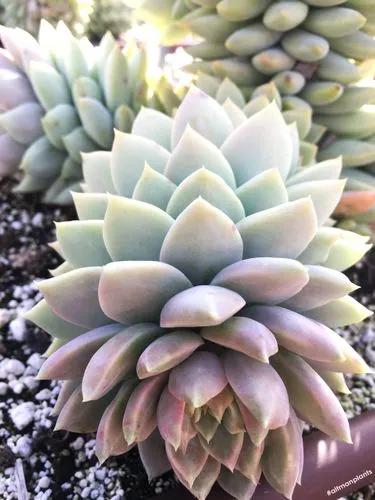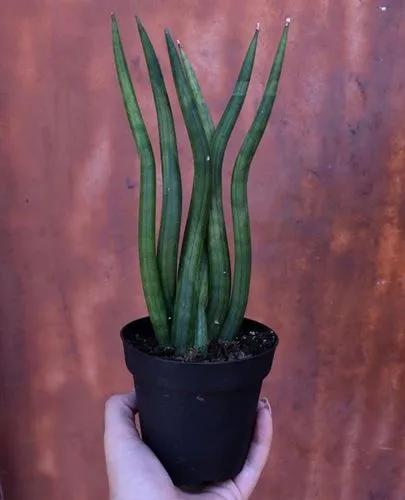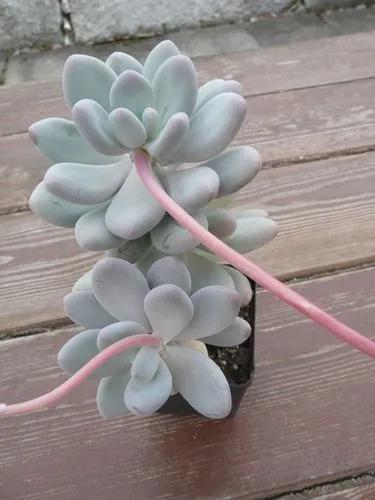Sedum clavatum is an evergreen succulent. It performs well in hanging baskets and makes an excellent ground cover due to its ability to spread and trail. This succulent can withstand dryness and thrives in rocky soil, making it a popular choice for rock gardens.
Sedum clavatum Care
Sedum clavatum



Sedum clavatum, commonly known as the Tiscalatengo Gorge Sedum, is a succulent species native to Mexico.
Due to its low maintenance requirements and gorgeous leaves, this low-growing, mat-forming plant is a preferred option for terrariums and rock gardens. It works well as a potted indoor plant or an outdoor cactus garden.
The thick, fleshy, green leaves of this succulent are arranged in a fan-like manner. They are covered with white hair, and the very plant blooms with white star-shaped flowers in early summer.
Tiscalatengo Gorge Sedum normally grows up to 0.3 feet (10cm) tall. Its stout, creeping stems terminate in rosettes up to 2 inches (5cm).
How to Care for the Plant

Water

Like most succulents, Tiscalatengo Gorge Sedum is drought-tolerant and can live on very little water. So allow the soil to dry out properly when giving it hydration. However, it is essential to water Tiscalatengo Gorge Sedum more frequently during the hot summer.

Pruning

Although Sedum clavatum doesn't require removing spent blooms, extreme heat and a lack of sunlight can make it a bit spindy. To prune it properly, clean the scissors with soapy water and cut back leggy stems at the base.

Fertilizer

This plant doesn't require much fertilizing and can tolerate nutrient-poor soil. However, if you want to give it extra feeding, nourish it a bit in spring and autumn during the growth period. Avoid fertilizing in summer and winter, as this will make the plant susceptible to disease or damage.

Sunlight

Sedum clavatum prefers indirect, bright sunlight for 6 or more hours a day. When planting outside, choose a location with plenty of morning sun and avoid direct afternoon sunlight exposure to prevent leaf scorching.

Soil

This plant feels comfortable at evenly moist, well-draining soil (5.5pH). Use a specially combined for succulents soil mix from your local garden store that provides good drainage while also retaining enough moisture to keep the plant healthy.

Propagation

This succulent can be propagated from stem or leaf cuttings. Take stem cuttings in spring or summer and let them dry for a few days before planting in a well-draining succulent soil mix. When propagating from the leaf, place it on top of the soil and lightly mist it with water.

Temperature

Like most succulents, Tiscalatengo Gorge Sedum prefers warm climate and grows best between 65-75°F (18-25°C). Temperatures below 50°F (10°C) can harm this plant.

Container

This succulent's root system is not deep, so a shallow container will suffice for this plant. It prefers well-draining soil, so a pot made of porous material such as terra cotta or unglazed ceramic would be the best option.

Fun fact

The species name ‘clavatum’ comes from the Latin word for club-shaped, which refers to the rounded foliage of the plant.

Popularity

1,269 people already have this plant 371 people have added this plant to their wishlists
Discover more plants with the list below
Popular articles






